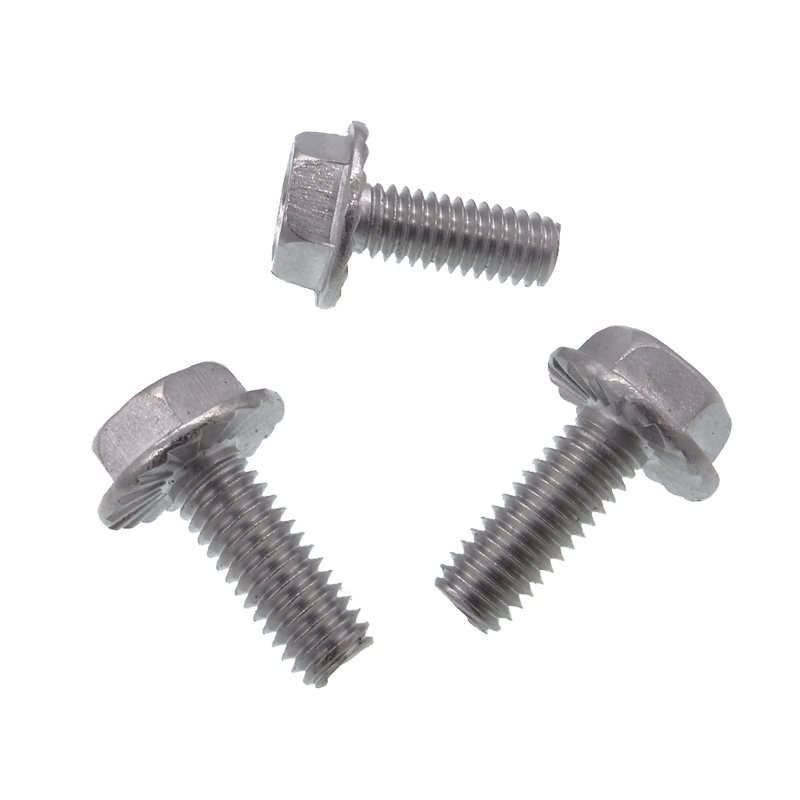As the most commonly used material in the screw industry, the selection of stainless steel has always plagued most customers. How to consider whether a stainless steel screw is 304 or 316?
In fact, both 304 and 316 belong to austenitic stainless steels, both of which have good rust resistance and corrosion resistance. Only in some high-temperature mechanics and special media corrosion resistance will the difference be more
obvious. Whether a stainless steel screw chooses 304 or 316 in the final analysis depends on the specific use environment and requirements of the screw.
304 stainless steel is a widely used stainless steel model with good comprehensive performance, high temperature resistance of 800 degrees, easy processing, high toughness, and is used in common indoor and outdoor environments such as
industry, furniture, food, and medical treatment.
The biggest difference between 316 stainless steel and 304 stainless steel is that 316 stainless steel contains molybdenum (Mo) element, and its corrosion resistance and heat resistance have been improved. The high temperature resistance
can reach 1200 degrees. Therefore, it is used in more complex environments such as oceans and chemicals in.Stainless steel screws choose 304 or 316

However, due to the addition of rare metal elements, the price of 316 stainless steel will be higher than that of 304 stainless steel. Therefore, the price of 316 stainless steel screws will be more expensive.
If you need to consider cost and have low requirements for corrosion resistance, we recommend using 304 for stainless steel screws. However, if the use environment requires high chloride ion corrosion resistance and heat resistance, we
still recommend the use of 316 stainless steel, so the service life of the screw will be longer.
